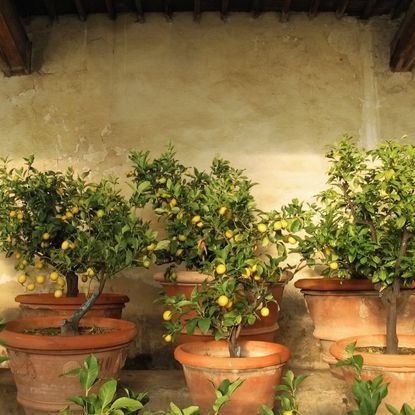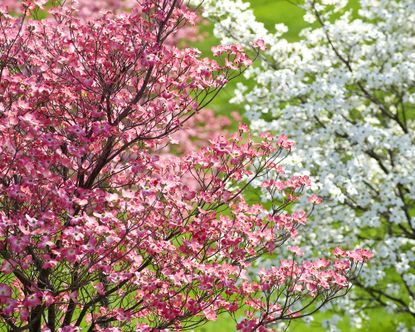Trees
Trees are normally a welcome addition to the home landscape, so finding tree growing information is an essential part of their care. Whether you are needing this information for planting trees, the pruning of trees, or getting rid of ornamental trees that have outlasted their welcome, the following pages should help. Keep reading to find the type of tree care information that meets your needs. Our tree growing information continues to grow, so if you don’t find it now, keep checking. New articles are regularly added.
Explore Trees
Trees
-

Identifying Common Tree Pests & Diseases: How To Protect Your Trees
Any number of problems can befall a tree, but these 6 pests and diseases are at the top of the list.
By Teo Spengler
-

Pruning Dogwood Trees So They Look Their Best – How & When To Do It
They are such a treasure, it’s important to know the how and when particulars about pruning dogwood trees.
By Jackie Carroll
-

7 Trees That Will Devalue Your Home – Check Before You Plant
While many trees are prized by prospective homebuyers, others raise red flags that could derail a sale. Discover the problem trees to avoid if you're thinking about buying or selling anytime soon.
By Melanie Griffiths
-
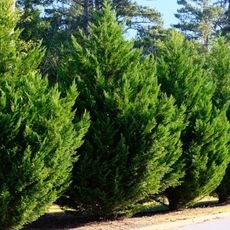
Which 7 Types of Cypress Are Best to Grow?
There are numerous types of cypress trees. From tall, majestic rows that grow throughout Italy to the bright bushy lemon varieties, there’s one that suits your region best.
By Teo Spengler
-
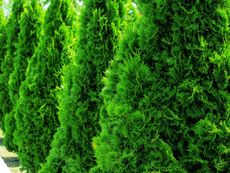
Arborvitae: Ultimate Care And Growing Guide
Arborvitae is a versatile evergreen in the landscape. Arborvitae trees are hardy and can grow tall for screening, or kept trimmed as a hedge.
By Bonnie L. Grant
-
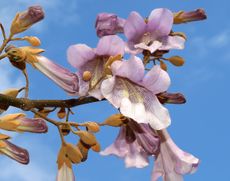
Controlling Paulownia – Tips On Getting Rid Of Royal Empress Trees
A royal pain in the rump is the Royal Empress tree, also known as Princess tree or Royal Paulownia. While getting rid of this extremely fast-growing tree may seem like a never-ending battle, click here to learn more about royal empress control.
By Shelley Pierce
-
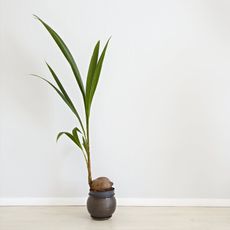
Coconut Palm Indoor Care: Everything You Need To Know
Want to grow a coconut palm? Don’t expect coconuts any time soon, but you can enjoy the dramatic ambience of the warm tropics in your home.
By Bonnie L. Grant
-
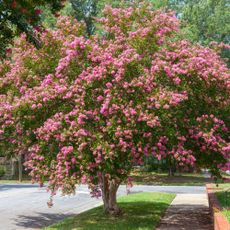
Crepe Myrtle Pruning Guide: How To Trim Trees The Right Way
Crepe myrtle pruning is a hot topic among Southern gardeners. Here's everything you need to know about how to prune these fabulous, flowering trees.
By Heather Rhoades
-
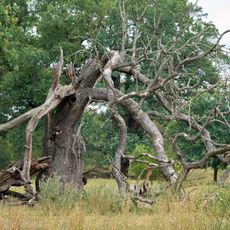
Snag Trees: What Are They & Why Are They Good For Wildlife?
The term snag tree may not seem appealing, but for insects, birds and other wildlife, a tree snag can provide the perfect haven.
By Bonnie L. Grant
-

The 6 Trees That Should Be In Every Yard – According To Experts
We should all look for opportunities to add more trees to our yards, but the choice can be overwhelming. So we asked the experts for the essential varieties that should be at the top of every gardener's shopping list.
By Melanie Griffiths
-

8 Best Plants For Under Trees To Transform A Shady Landscape Under The Canopy
These plants for under trees will totally transform your shady landscape! Whether you want lush foliage, beautiful blooms, or easy-care ground cover, there’s a plant for every need.
By Susan Patterson
-
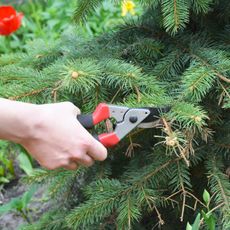
Spruce Pruning Essentials: Best Clipping Care for Healthy Spruce Trees
For the most part, spruce pruning is not necessary, but it’s good to know how and when to remove damaged branches or control their size.
By Teo Spengler
-
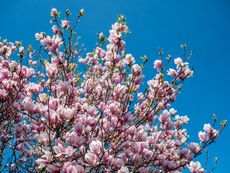
Magnolia Tree Pruning Guide: What You Need To Know
If you are lucky enough to own one, you may wonder how to trim a magnolia tree to maintain its shape. These graceful beauties are somewhat self-sufficient when it comes to developing a shape, so know what you’re doing before pruning a magnolia tree.
By Susan Patterson
-
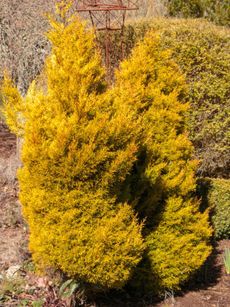
Lemon Cypress: Complete Plant Care And Growing Guide
The easy-growing Lemon Cypress tree offers a bright splash of color, a lovely fragrance and an interesting accent in any garden or yard.
By Teo Spengler
-
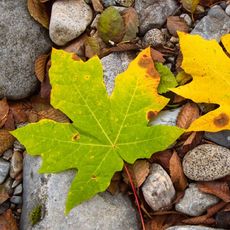
Bigleaf Maple Habitat And Growing Conditions
Do you have lots of space to fill? Try growing this king of the maple trees.
By Teo Spengler
-
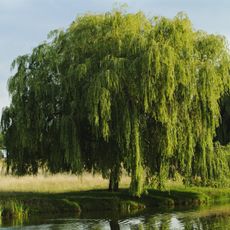
Trees That Grow In Water – Best Trees For Wet Soil
Certain trees growing in water or wet areas of your yard can help improve drainage, but be sure they’re the right ones.
By Teo Spengler
-

Tree Planting Mistakes: Experts Reveal 8 Common Reasons New Trees Fail
Planting a tree is a long-term investment in your property, but getting it wrong can cause a lot of heartache. Avoid these common errors to ensure new trees thrive in your garden
By Melanie Griffiths
